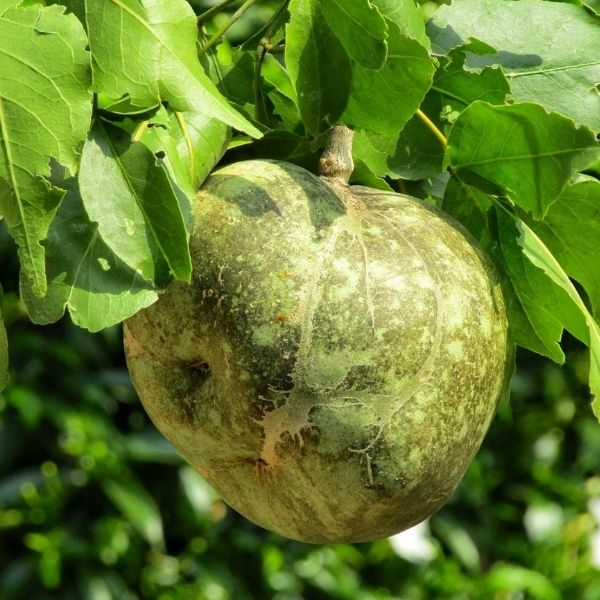Aegle marmelos, commonly known as Bael or Bengal quince, is a sacred and medicinal tree native to the Indian subcontinent. It belongs to the Rutaceae family and is highly valued for its various uses in traditional medicine, religious rituals, and culinary practices. Here are some key features and uses of Aegle marmelos:
Morphology: Aegle marmelos is a medium-sized deciduous tree that can reach a height of up to 15 meters. It has a dense crown and branches with sharp thorns. The leaves are alternate, large, and trifoliate, with a glossy texture. The tree produces round, woody, and aromatic fruits that have a hard outer shell and soft, sweet pulp inside.
Medicinal Uses: Aegle marmelos has a long history of use in Ayurveda, the traditional Indian system of medicine. The various parts of the tree, including the leaves, roots, bark, and fruits, are used for their medicinal properties. Bael is known for its digestive, carminative, antimicrobial, anti-inflammatory, and anti-diarrheal effects. It is used to treat gastrointestinal disorders, dysentery, constipation, respiratory ailments, and skin diseases.
Culinary Uses: The ripe fruits of Aegle marmelos are consumed as food and used in culinary preparations. The pulp of the fruit is sweet and aromatic, with a flavor similar to that of citrus and mango. It is used to make beverages, jams, jellies, desserts, and candies. The fruit is also dried and used in traditional Ayurvedic formulations.
Religious Significance: Aegle marmelos holds religious and cultural significance in Hinduism. It is considered a sacred tree and is associated with Lord Shiva. Bael leaves and fruits are offered in temples and used in religious rituals and ceremonies. The tree is also believed to ward off evil spirits and bring prosperity.
